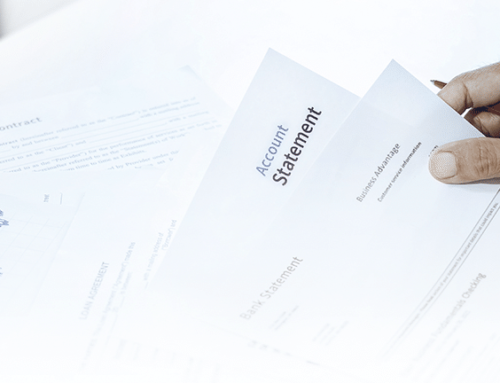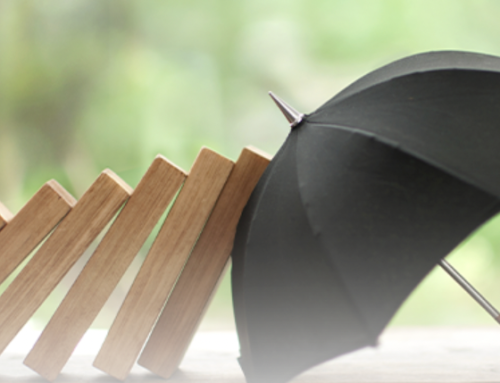Prepare yourself for the move if you thought the house hunt was unpleasant. Many critical steps can be overlooked in the midst of a move, so make sure you don’t forget anything important by checking off the items on our handy moving home checklist:

Step 1: Make sure to update your address
When moving, the first thing that comes to mind is to grab the cardboard boxes and begin packing. However, before you start wrapping bubble wrap around yourself, you must notify a number of government and non-government organizations of your change of address.
- State and Territory Road Traffic Authority
- Australian Electoral Commission
- Australia Post
- Employer
- Banks and Lenders
- Insurance
- Pet Registry
- Newspaper or Magazine subscriptions
- Family and Friends
Step 2: Change your utilities and internet provider.
That flick of a switch that turns on your light, your quick Google search, or your hot shower at the end of the day are all things you take for granted – something you’ll certainly need after a long day of carrying and unpacking boxes into your new place. Follow these pointers to ensure that once you’ve moved in, you’ll be able to go about your daily routine with ease.
Gas and electricity
When transferring your electricity and gas accounts to a new residence, you must consider both connection and disconnection.
Disconnection: Give your existing energy supplier at least one week’s notice of your move. Inform them of your upcoming move and arrange for disconnection the day after you arrive.
When you disconnect your electricity as soon as you move, you avoid any potential conflicts with the new homeowner when the next electricity and gas bill arrives. Provide your new address to your electricity and gas providers so that they can issue you a bill for the electricity you used.
If you’re renting with housemates and your provider’s account is under your name, make sure to alter it. Put the account in the name of a tenant who is still living there. This is necessary because you don’t want to be held responsible for any problems that arise after you’ve left.
If you intend to stay with your current provider, inform them of your new address and set up a connecting date. This could, however, be the ideal time to review your current energy bill and look for more cost-effective options. With so many new suppliers on the market, your plan may no longer be the best. Exit costs may apply to your current plan if you want to switch providers.
If your new home’s electricity has already been shut off, make sure all fuse box switches are turned off to ensure a smooth hookup.
Changing providers in New South Wales, the Australian Capital Territory, and Victoria is a simple process. However, energy providers in Queensland, South Australia, Western Australia, and the Northern Territory are subject to stricter rules, so you may need to pay particular care.
Water
There is no disconnecting and reconnecting with your water supply, unlike with electricity. This implies you’ll have running water from the start; all you have to do now is make sure the appropriate owner pays for it.
You should contact a conveyancer or solicitor who can assist you in the process to guarantee that your water debts are settled before and after you relocate. Water debts are kept against the property rather than the owner, therefore any outstanding bills must be paid before new tenants move in. The amount payable will be disclosed by a conveyancer or solicitor to the present water provider. They divide the money between the property’s seller and buyer.
The NSW Registry Services informs the water suppliers of the new residents so that invoices can be sent out.
Internet
Because the internet has become such an important part of our lives, make sure you have everything in order to disconnect and reconnect so you can update your Facebook feed with ease.
You can schedule an appointment online or over the phone if you have a fixed line, broadband, or pay TV through your internet provider. Before you move, make sure you change your billing information for your mobile phone, mobile broadband, or wireless services. If you rely on home wireless broadband, ensure your new neighbourhood offers 4G coverage, as service in rural or distant locations can be limited. A new modem is required if you are transferring from a cable to an NBN service.
A relocation fee may be charged by some providers.
Step 3: Getting ready for the big day
The process of packing, moving, and unpacking can be emotionally tiring, physically demanding, and stressful. If you follow our moving advice, you can make the transition a little easier.
Stock Bubble Wrap: Make sure you have plenty of bubble wrap, tape, and boxes. Ensure that all of your valuables survive the voyage by wrapping them in bubble wrap to soften their fall, securing all loose and delicate items, and using robust moving boxes.
Label. Make sure to identify the box when packing away your cherished possessions. Include the room it belongs to as well as the contents of the box to save unpacking difficulties.
Dismantle. Dismantling your furniture is an unavoidable aspect of moving, no matter how much you wish you didn’t have to. When you’re done, put any screws and instructions in a zip-lock bag with a label and tape it to a piece of furniture. Check the measurements of any items you don’t want to dismantle if you don’t want to.
Make arrangements for movers. The number of trips between the old and new house can be reduced by hiring a moving truck. They alleviate the strain of heavy lifting and the real-life Tetris game that occurs when loading boxes.
Organize your load. Place the heavy stuff on the bottom of your vehicle or automobile, and the lighter items on the top. Make a mental note of the goods you’ll need right away and make sure they’re close by.
Make a first-aid kit. Your picture frames and desk chair can wait; what can’t wait is that morning cup of coffee. Pack a box with your daily necessities, such as toiletries, extra clothing and underwear, coffee, tea, first aid, cooking supplies, and snacks.
Clean. Both your new and old home should be cleaned. Make the transition easier for the new tenants by keeping your home clean and tidy. If you’re leaving a rented space, make sure it’s spotless. Many people employ cleaning services to clean their apartments at the end of their lease. If you don’t keep up with the house’s standards, your landlord may withhold your bond. Your lease agreement may also include cleaning requirements, such as arranging for a professional carpet cleaning before leaving.
Make a rough sketch of how you want your furniture to be placed. If you have movers, this can assist them with unpacking your belongings according to your preferences. It’s also beneficial to know where you should dump your boxes in the house so that they don’t pile up in the entrance.
Make sure you have a toolset on hand. It’s best to set up your bedding and often used furnishings first when moving into a new home. Because you have your equipment on hand, you can get started right away without having to hunt through boxes.
Make your house homey. Make this strange setting more comfortable by adding personal touches. So that the emptiness of this new home does not feel overwhelming, hang a favorite painting or lay down a rug.
Many things are ignored during the moving process and only become apparent once it is too late. Organize all of your paperwork and things before the move to avoid post-move regret. These pointers will make settling into a new house a little simpler.








Leave A Comment